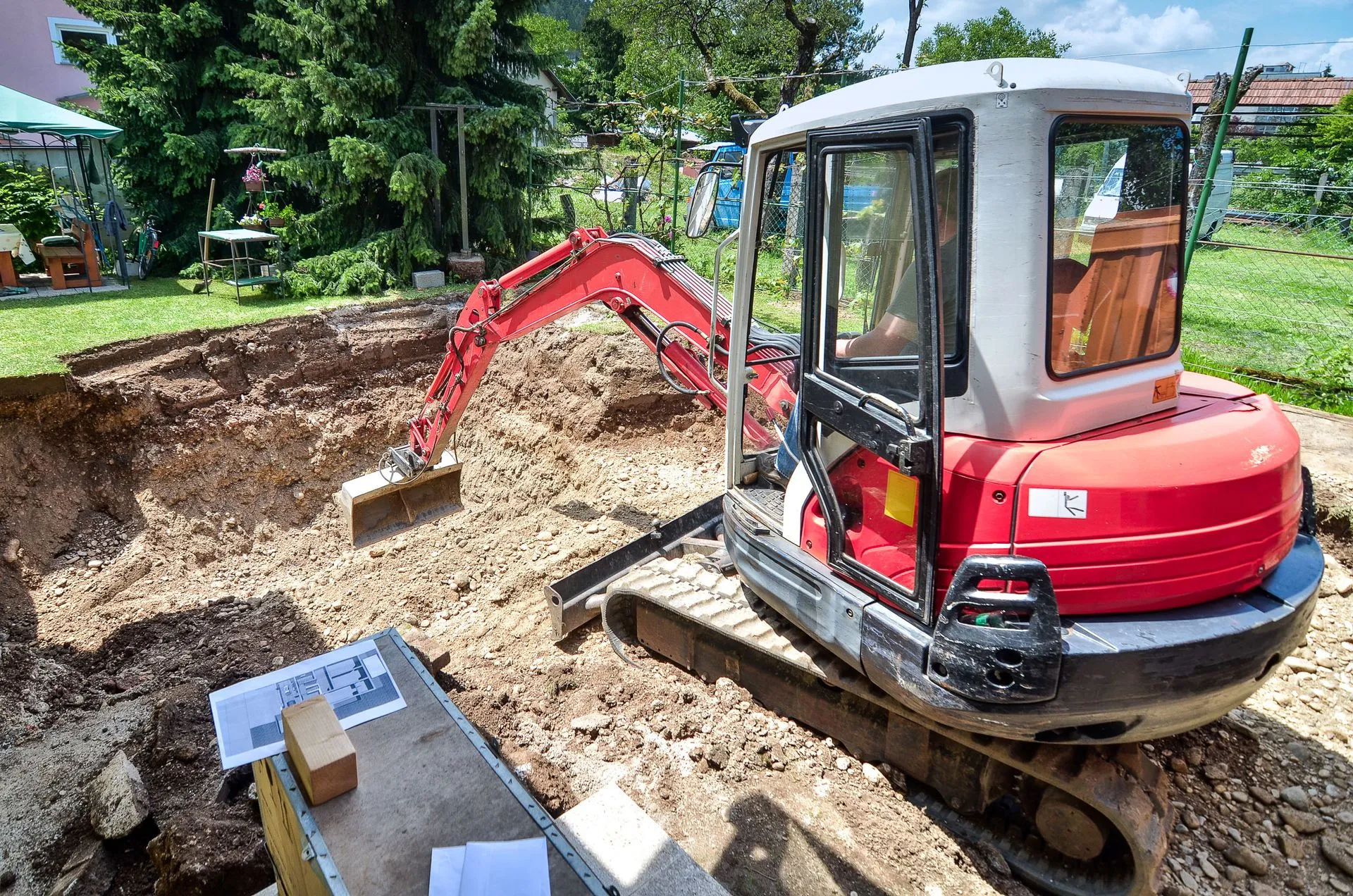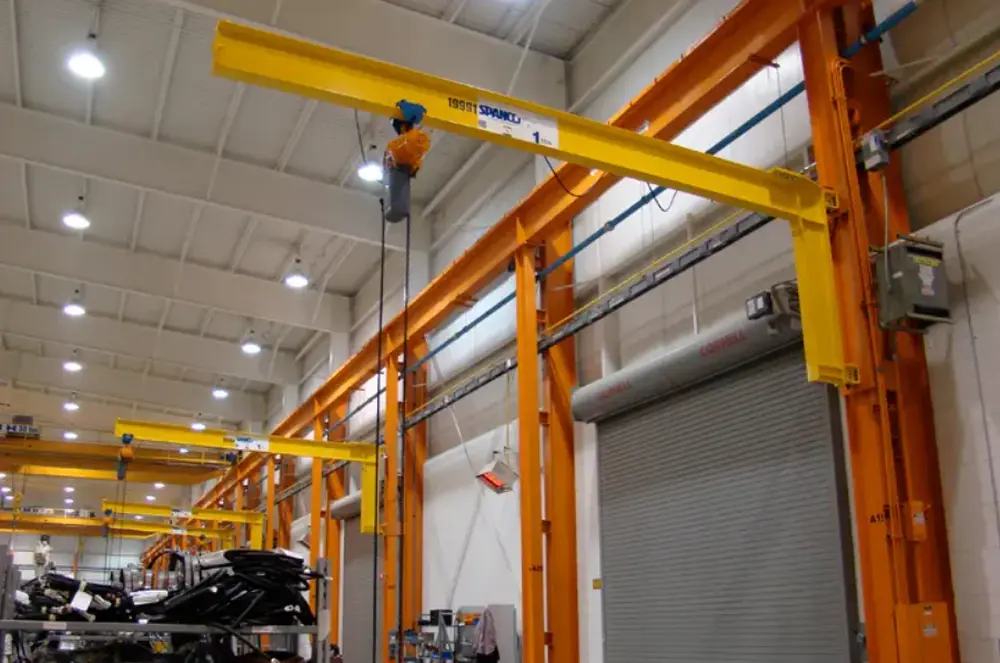Key Takeaways
- Industrial torque tools are accurate, fast, safe, and compliant.
- It is very important to regularly calibrate torque tools to keep them accurate, lower risks, and support traceability.
- Ergonomic design and the ability to log information help operators stay awake and make fewer mistakes.
- When torque tools are well-maintained, there are fewer mistakes, less downtime, and a better return on investment.
Torque wrenches, hydraulic wrenches, screwdriver-style torque drivers, and torque multipliers are all types of industrial torque tools that give fasteners a specific amount of rotational force. Using them correctly on a job site makes people more productive by cutting down on rework, making the site safer, and speeding up the flow of work.
For instance, calibrated torque tools help prevent problems that lead to failures that need expensive rework, such as over- or under-tightening. Zo-Air says that industrial torque tools offer “unmatched precision, consistent tension and lower the risk of under- or over-tightening”.
Why do industrial torque tools make work sites more productive?
Industrial torque tools make work sites more productive because they:
Make things more accurate and better
Calibrated tools always give the right amount of torque, which keeps mistakes and failures from happening.
Make fastening go faster.
Electric or hydraulic torque tools that are up to date work much faster than doing it by hand. Some cordless electric models can tighten bolts up to 900% faster than hydraulic wrenches.
Cut down on operator fatigue and mistakes.
Tools that are mounted on the reaction arm are ergonomic lower strain and fewer mistakes, letting teams work longer with less risk.
Need less time and work to fix things.
There is little need to redo work because the fasteners are tightened correctly the first time. This cuts down on delays and increases throughput (tools.cp.com, mountztorque.com).
Help with compliance and traceability.
Digital torque tools can record and report measurements, which helps with quality audits and following the rules (zoair.com).
Costs over the long term are lower.
Even though tools may cost more at first, fewer failures, downtime, and labor costs mean that they save money in the long run.
How do calibrations of torque tools affect productivity?
The above benefits depend on torque tool calibrations:
Stay accurate over time.
Wear, shock, or temperature can cause tools to drift beyond what is acceptable. To keep them accurate, you need to calibrate them every 6 to 12 months or after about 5,000 cycles.
Avoid failures and rework.
Tools that aren’t calibrated can either not tighten enough (which can loosen) or too much (which can damage threads or break fasteners) (gnw.co.uk, protorquetools.com).
Ensure quality control and compliance.
Calibration helps with audit readiness and traceability, which are very important in industries that are regulated, such as aerospace, automotive, and infrastructure.
Extend tool life
Regular maintenance finds worn parts early, which keeps them from breaking down and makes them last longer.
Build operator confidence
Technicians trust tools that they know are right. This makes it easier to make decisions and cuts down on second-guessing or having to check things by hand.
Key Advantages of Industrial Torque Tools on Job Sites
Exactness and precision
- Tools that are calibrated correctly for torque make sure that the clamping force is always the same.
- Reduces the chances of parts failing or products being rejected.
Speed and Work Flow Efficiency
- Tools that can be programmed to stop automatically make the operator’s job easier and more consistent.
- Electric or pneumatic torque tools let you do things faster than by hand.
Safety and comfort
- Less strain on the body. Digital wrenches or reaction arms lower the risk of musculoskeletal problems.
- Automatic shut-offs stop people from over-torquing and hurting their fingers.
Following the rules and being able to find things
- Data logging tools record torque values.
- Good for quality control (QC) or audits.
Step-by-Step Use Case: Putting Theory to Work on the Job Site
Choose the right tools
Pick the correct type of torque tool for the job: click-type, hydraulic, or electric.
Make sure the calibration is up to date.
Follow the ISO 6789 or ISO 17025 standards and calibrate at the recommended times or cycle counts.
Train people who run things
Using tools correctly lowers the chance of making mistakes and makes sure they work as well as possible.
Use ergonomic fixtures
Digital displays, reaction arms, and push-to-start triggers help speed up and lower fatigue.
Keep an eye on and write down
Use logged data to keep an eye on trends, spot drift early, and plan maintenance ahead of time.
Look at the results
Keep an eye on how often fasteners fail, how often tools break down, how often operators make mistakes, and how much work gets done overall.
Zo-Air’s reliable torque tools will help you get more done.
Want to improve safety, productivity, and quality on your job sites? With Zo-Air’s torque tool repair and calibration service, your torque tools will always be accurate, compliant, and ready for the most challenging jobs in the industry. Their certified calibration services are the best way to cut down on downtime, increase throughput, and make sure that torque is delivered accurately every time.
Are you ready to get the most out of your job site? Go to Zo-Air’s torque tool repair service page and let Zo-Air help you get the accuracy, dependability, and performance you need.
Frequently Asked Questions
1. How often should you check the calibration of your torque tools?
According to ISO 6789 standards, it should be done every 6 to 12 months or after about 5,000 torque cycles, whichever comes first.
2. Is it still possible to use torque tools that aren’t calibrated?
It is dangerous to use tools that aren’t calibrated because they can go beyond acceptable limits, which can affect safety and quality.
3. Are digital torque tools better than click-type tools that you have to do by hand?
Digital tools are much faster and easier to trace than manual tools because they can be programmed, turn off automatically, and log data.
4. What is a torque multiplier, and how does it help?
A torque multiplier makes it easier to get more torque in tight spaces with less effort from the operator, which makes things safer and more accurate (secindustrial.com).
5. How do ergonomic factors make people more productive?
Tools with reaction arms or ergonomic grips lower the risk of injury and physical fatigue, which lets operators work more comfortably and quickly.


